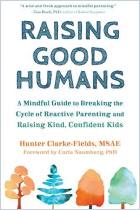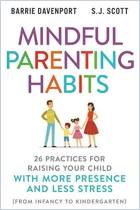
Brain-Body Parenting
How to Stop Managing Behavior and Start Raising Joyful, Resilient Kids
ISBN: 9780063061316
Pages: 336
Recommendation
Don’t spend too much time searching for motives when children misbehave. Children often act out without any specific intent in mind, explains child psychologist Mona Delahooke. Children’s unique nervous systems determine much of their behavior and reactions, yet many parents have an incomplete or inaccurate understanding of their children’s brain-body connection. Gain tools to help your child develop better regulation, and support your child in feeling safe and secure. Brain-body parenting helps parents deepen their connection with their children while helping children thrive.
Summary
About the Author
Mona Delahooke is a child psychologist committed to helping people better understand children’s behavioral and emotional challenges.










Comment on this summary